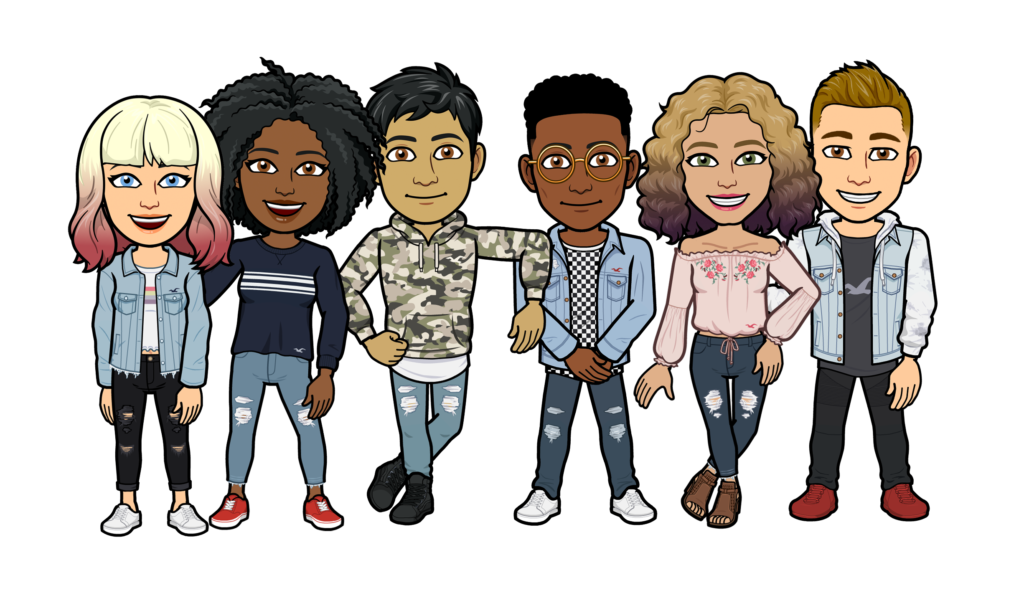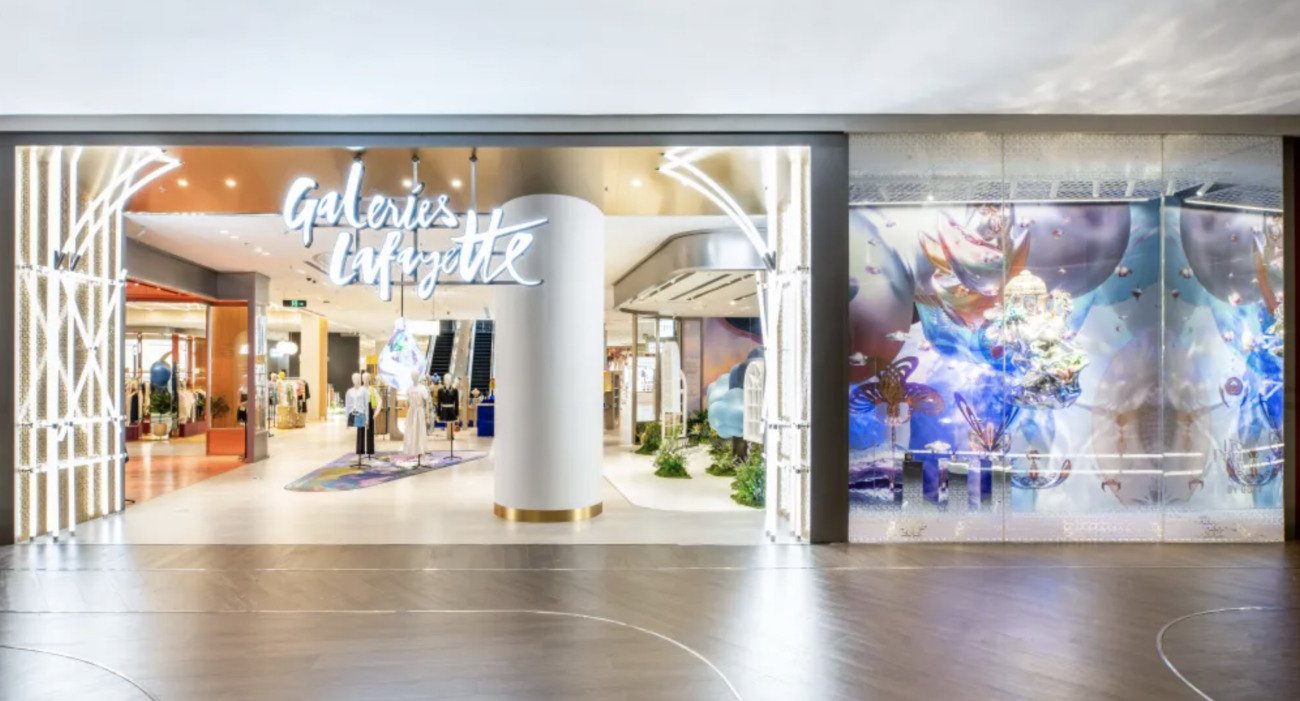Why Fashion Brands Are Partnering With Bitmoji
In its aim to stay competitive among social platforms, Snapchat has launched a new string of high profile-fashion partnerships. Snapchat worked with Ralph Lauren in November and Jordan Brand in September on a number of initiatives,

In its aim to stay competitive among social platforms, Snapchat has launched a new string of high profile-fashion partnerships.
Snapchat worked with Ralph Lauren in November and Jordan Brand in September on a number of initiatives, both on the main Snapchat app and on the Bitmoji app, the platform’s subsidiary company. And on Thursday afternoon, Snapchat will roll out a third fashion partnership in three months with Levi’s, which includes releasing a collection of Levi’s products that people can use to dress their virtual Bitmoji avatars or buy in real life to dress themselves. Snap is aiming to link with fashion partners using both time-tested tactics and new ones — last week with Ralph Lauren, it introduced the ability to scan a fabric logo on clothing using its app and be directed to online content.
Snapchat is slightly behind other social platforms in terms of total audience, with 100 million monthly active U.S. users as of October 2020, while Instagram has more than 120 million monthly active users in the U.S. But the increase in brand partnerships and the advertising dollars they brought in over the last year have helped the platform monetize the audience it does have.
On the Bitmoji side, which is where the majority of Snap’s fashion partnerships are focused, the company introduced the ability to mix-and-matching clothes last year. Before, users only had the option to change full outfits. Ba Blackstock, CEO of Bitmoji, said this significantly opened up the possibilities for brands using Bitmoji on Snapchat, as it provides more focus on individual products. It led to the partnerships with Ralph Lauren, Levi’s and Jordan, he said. While previous Snapchat brand partnerships with brands like Warby Parker have focused on the Discover page, the platform has been leaning on Bitmoji for partnerships this year. More than 70% of Snapchat users have and use Bitmoji.
“It may seem like a small thing, but mixing and matching clothes really expanded what you can do, especially with brands,” Blackstock said. “A brand like Levi’s that is all about jeans can just focus on jeans, while Jordan can focus on sneakers. And it shapes our strategy because we can target brands who round out what we already have.”
Snapchat has also introduced a 3D body tracking feature via Snapchat lens. The lens acts somewhat similar to Apple’s Animoji feature; when the camera is turned on the user, they are replaced by their Bitmoji avatar that moves when they move, giving users a chance to virtually try on different clothes by changing their Bitmoji’s outfit. Blackstock expects this will be appealing to fashion brands in the future. The company hasn’t made an official announcement around the feature yet, he said.
For the brands that have been working with Snapchat and Bitmoji over the last year, the reach that the platform has with younger consumers is valuable. Facebook and Instagram both appeal to older consumers ages 25-40. Meanwhile, Snapchat said late last year that it reaches 75% of all U.S. teenagers, many of whom spend more than 40 minutes a day on the app. That’s more than Instagram’s usage among teens, according to data from Omnicore.
David Lauren, chief branding and innovation officer and vice chairman of the board at Ralph Lauren, told Glossy last week that the brand’s “goal is to meet consumers where they’re experiencing the brand – which is increasingly in the digital space and online.”
Via Glossy
 English
English





